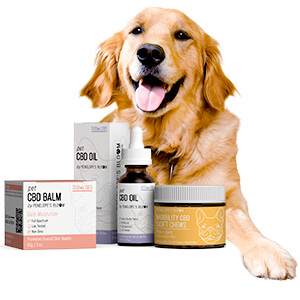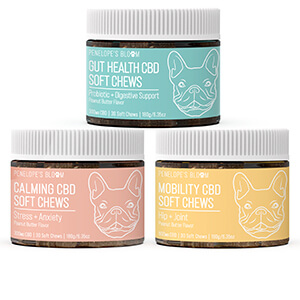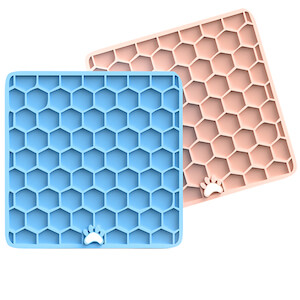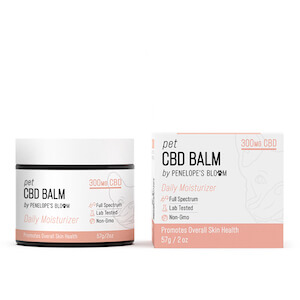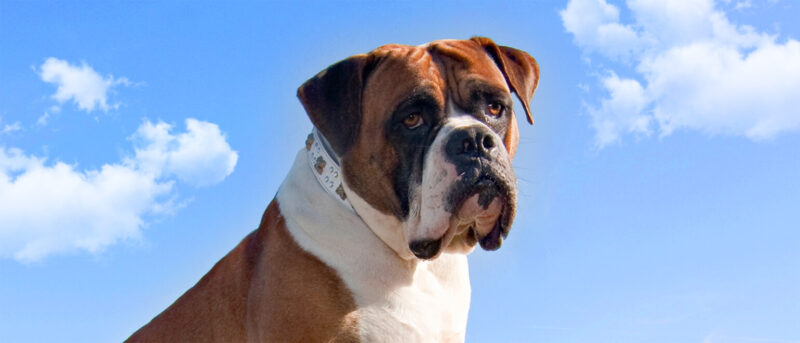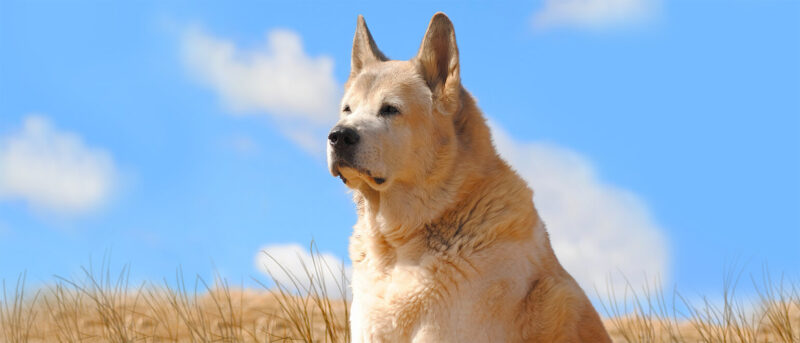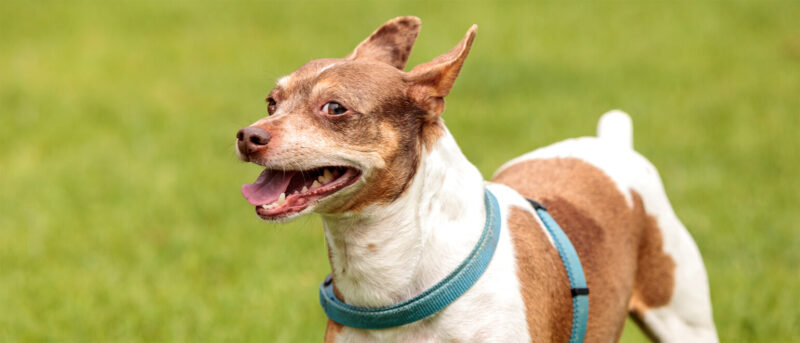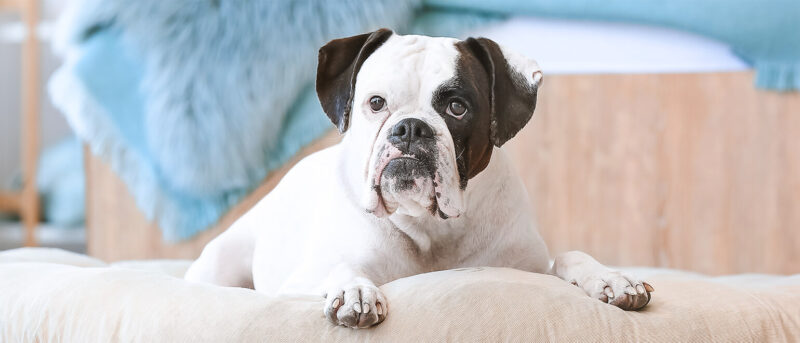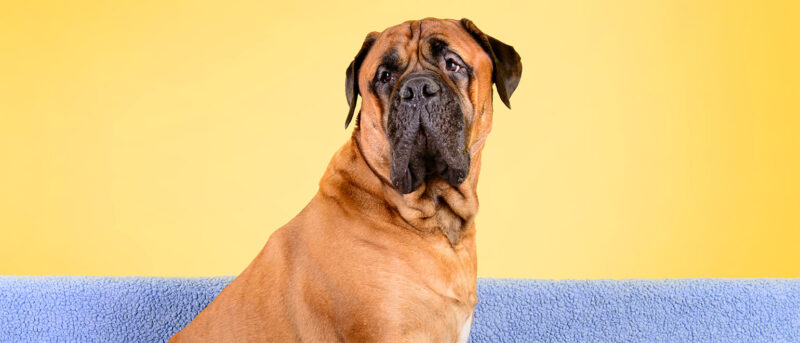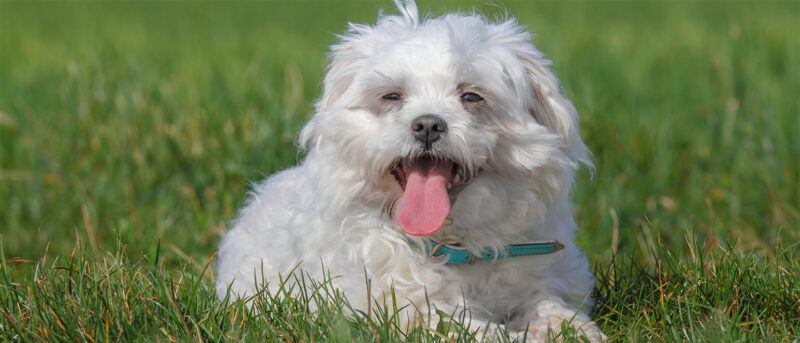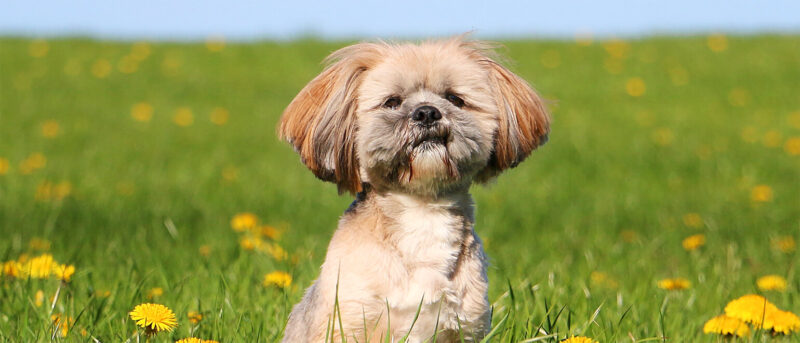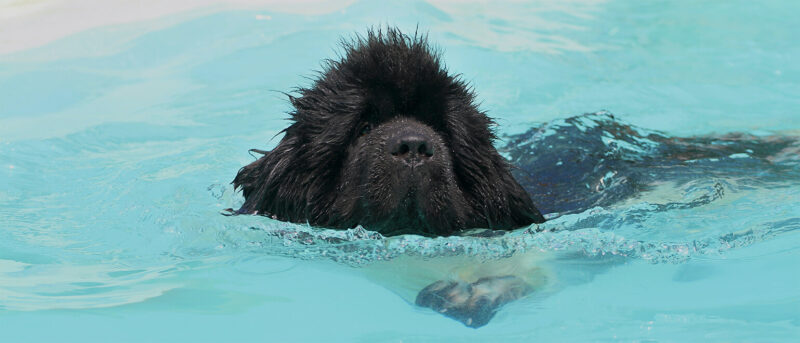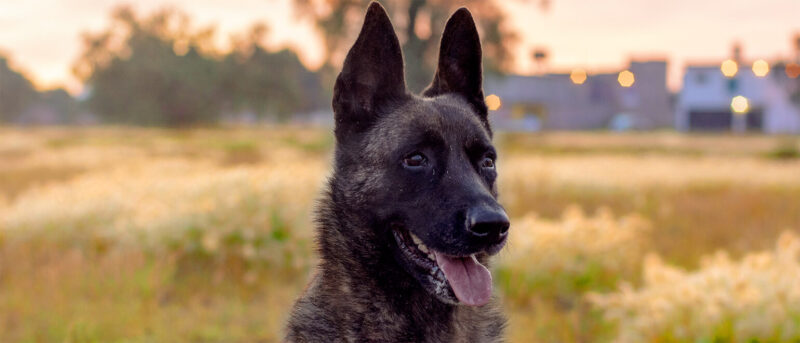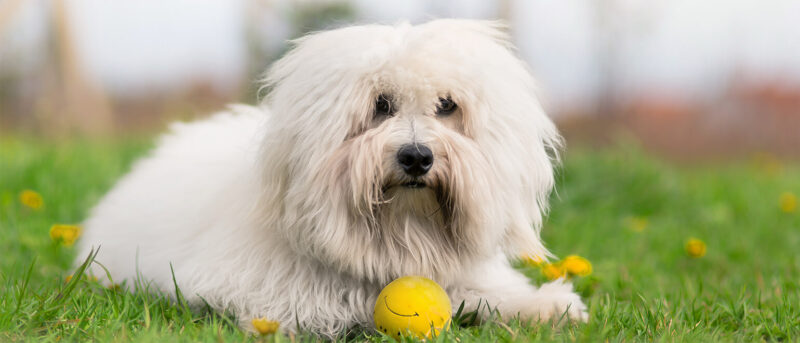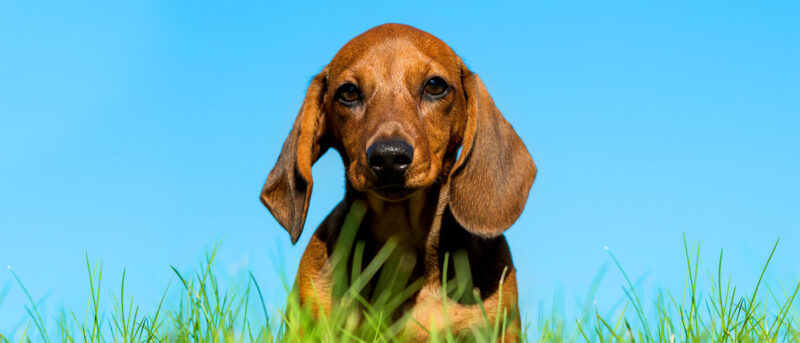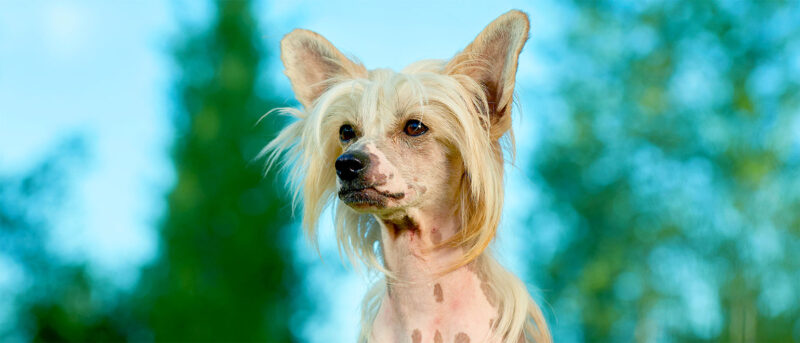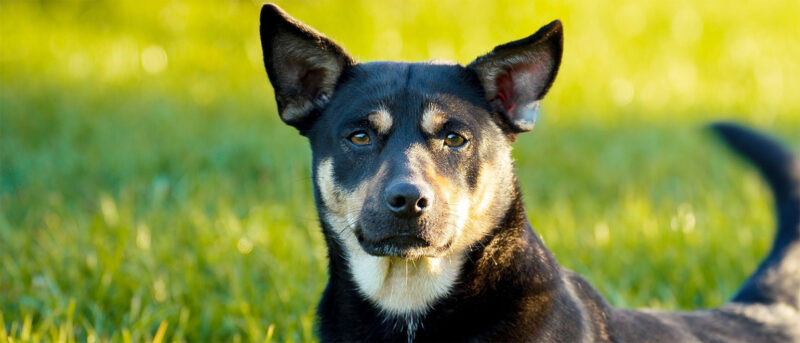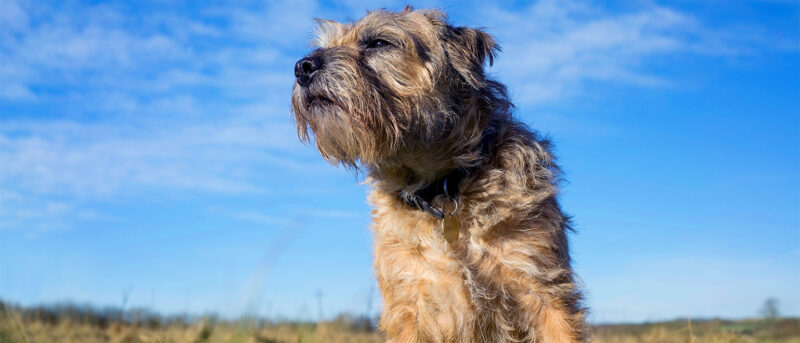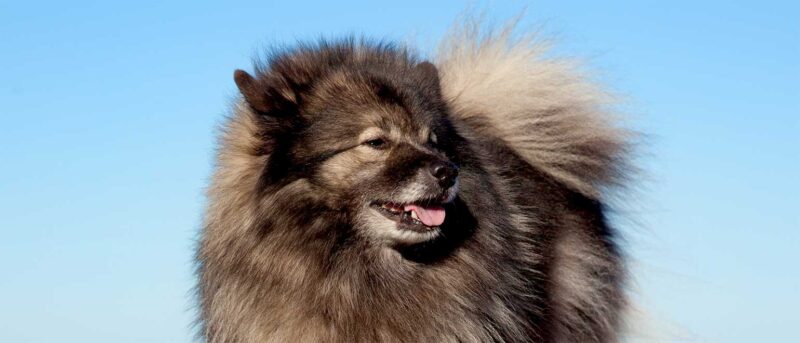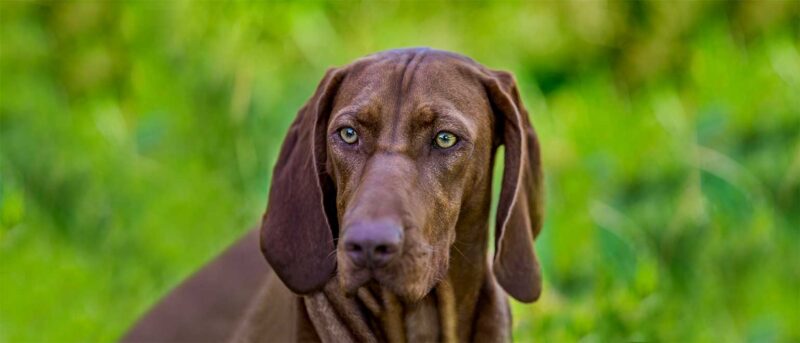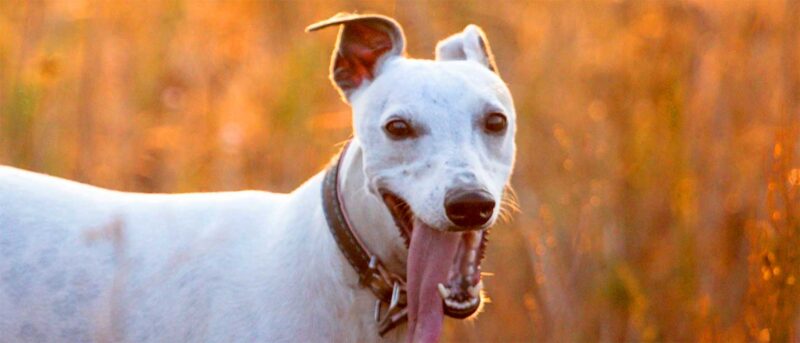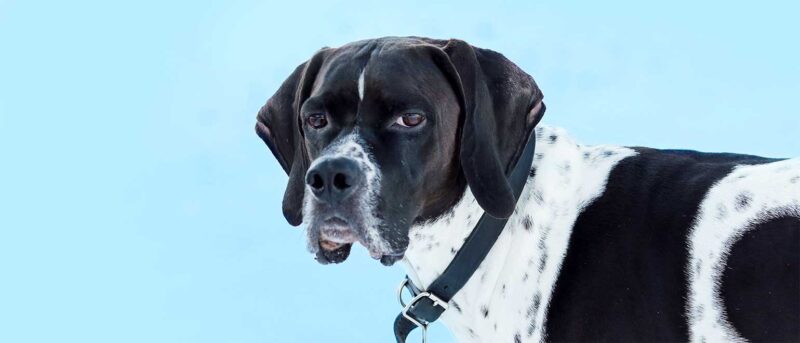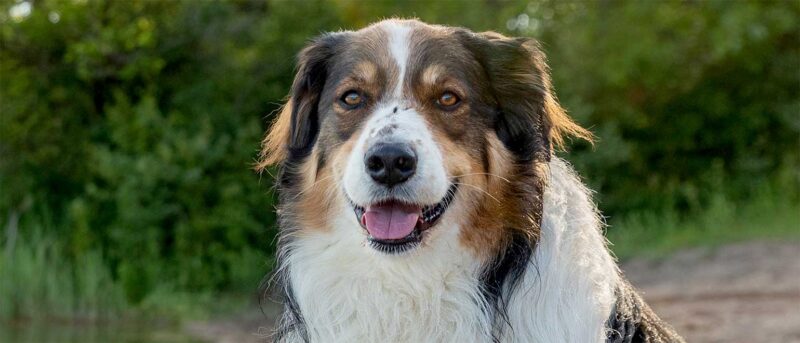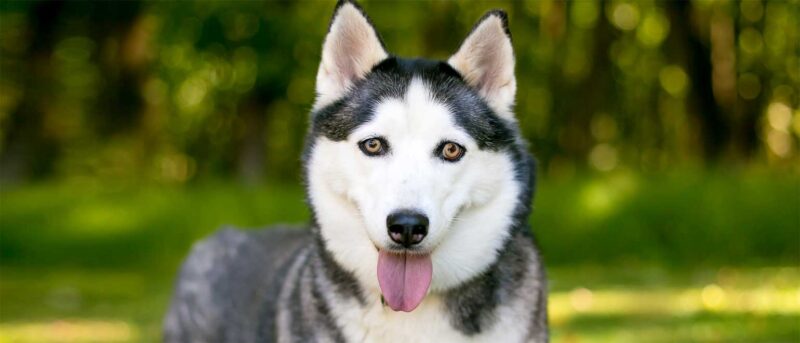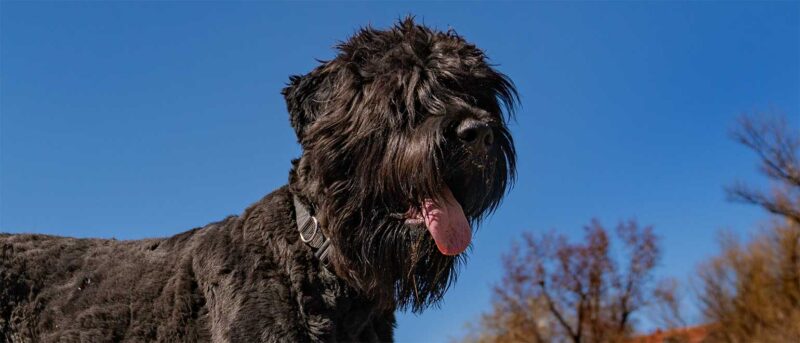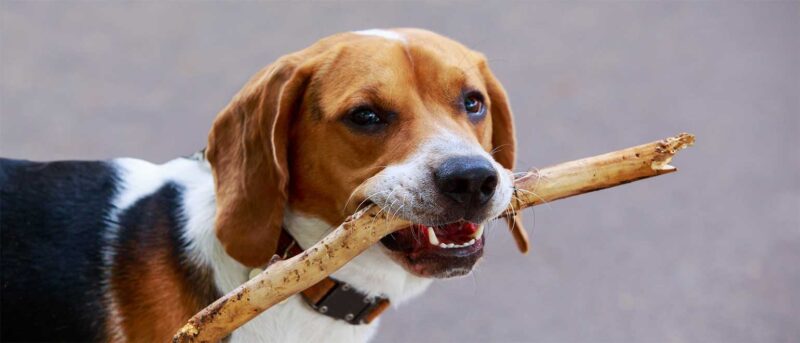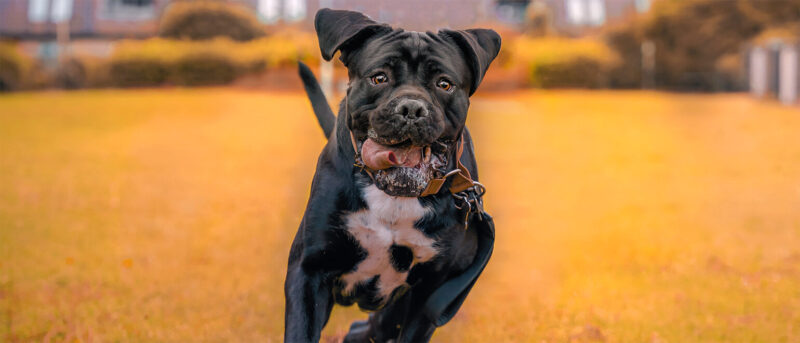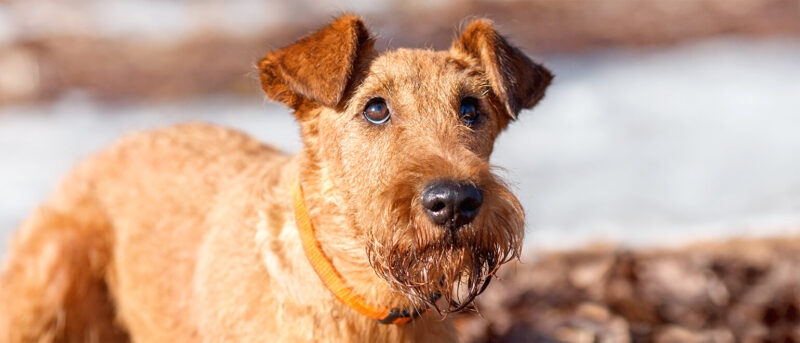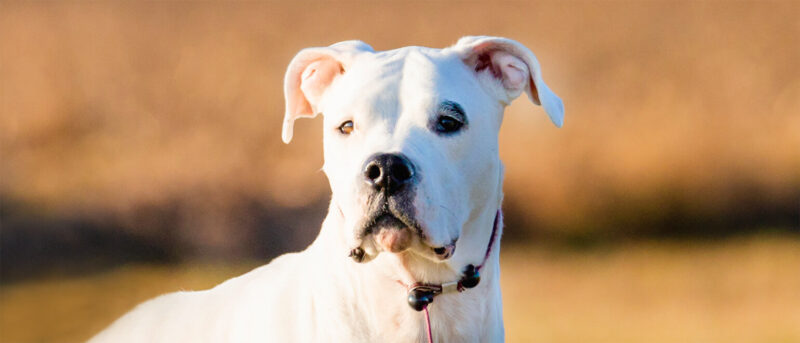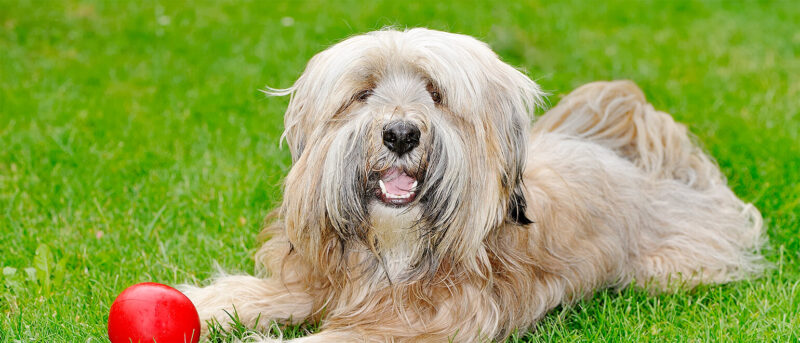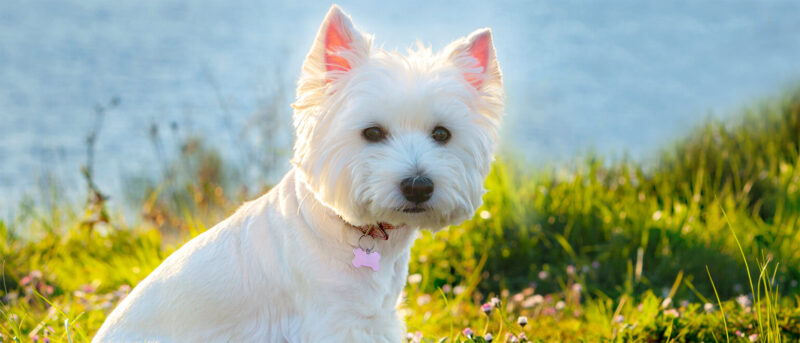Brussels Griffon: #1 Dog Breed Temperament & Personality Guide
With its distinctive appearance, signature beard, and charming personality, the Brussels Griffon captivates admirers with its endearing expression and unique features. Originating from Belgium, this toy breed boasts a big personality and is known for its affectionate nature, high intelligence, and lively disposition. If you’re looking for a smart little furball that resembles those hairy […]
With its distinctive appearance, signature beard, and charming personality, the Brussels Griffon captivates admirers with its endearing expression and unique features. Originating from Belgium, this toy breed boasts a big personality and is known for its affectionate nature, high intelligence, and lively disposition. If you’re looking for a smart little furball that resembles those hairy Wookies from Star Wars, you’ll love the Brussels Griffon!
In addition to stealing the hearts of every owner who crosses their path, the Brussels Griffon is also a star in the competition ring. To learn more about this fiery little pup, just read below!
Brussels Griffon Physical Characteristics
Perhaps it’s the balance of their features, the shape of their face, or maybe it’s the charming beard that gives the Brussels Griffon their human-like expression. With wide-set eyes and a short, coal-black nose, these companions exude a distinctive charm. While their natural ears tend to be half erect and floppy, it’s not uncommon for them to undergo cropping. To make another Star Wars reference, it’s been said that their flat face makes them resemble another furry creature from the sci-fi films, the Ewoks.
This toy breed boasts a small yet sturdy physique. A gracefully arched neck transitions into a level, well-muscled back, showcasing the Brussels Griffon’s robust build. Typically, they possess a long tail that is set high, although cropping it to about a third of its length is a common practice. Brussels Griffons have straight forelegs, set wide apart, and hind legs that gracefully bend at the stifles.
Brussels Griffon Size
This lightweight, pocket-sized pooch only stands between 7 to 10 inches tall. The average adult Brussels Griffon typically weighs between 7 to 11 pounds. Although they are small in size, they are big in personality!
Brussels Griffon Personality
Calling all Geminis! If you’re a fan of the energy that comes with dual personalities, you’ll love the chaotic good that comes with the Brussels Griffon. Sometimes, these pups can be assertive and bossy and then, minutes later, become snuggly and in need of loving affection.
Known for forming deep bonds with their owners, the Brussels Griffon thrives on close companionship, often preferring to stay by their loved one’s side. Intelligent, confident, and affectionate, they exude a captivating blend of traits. While a Brussels Griffon may project a dominant persona in the presence of others, they effortlessly transition into a loving and affectionate companion, melting the hearts of all around them once they’re in the comfort of their home.
As is common with many intelligent breeds, the Brussels Griffon has the potential to display stubbornness when it comes to training. This intelligence is also seen in their sensitive, emotional intelligence as they can quickly pick up on peoples’ moods.
Brussels Griffon Exercise
Brussels Griffons require a minimum of 30 minutes of daily exercise, though additional activity is highly encouraged. Their activity routine should include walks, engaging play sessions, and mental stimulation to keep them happy and healthy. It’s essential to exercise caution when engaging in physical activity with this small breed as their short noses make them susceptible to overheating. Regular breaks during exercise are crucial to prevent them from experiencing heat strokes caused by overexertion.
This breed doesn’t need a large backyard to get its daily exercise as they are very active indoors. While a Brussels Griffon can spend hours running circles around your living room, it’s best to take them on walks to burn off their excess energy. In addition to being a great way to exercise, walks provide much-needed mental stimulation since they can introduce your Brussels Griffon to new sights, sounds, and smells.
Toys serve as a dual-purpose tool, offering both mental stimulation and physical exercise for your Brussels Griffon. Engage your Griffon in fun activities, such as chasing a frisbee or tugging on a rope until they wear themselves out. Interactive toys that move also tap into your dog’s innate instinct to chase, providing exceptional mental engagement and physical exertion for your Brussels Griffon. You can up the excitement factor and treat them to healthy, all-natural CBD-infused Peanut Butter by putting it on their interactive toys.
Brussels Griffon Training
Training a Brussels Griffon requires patience. While this breed is quick to pick up commands, convincing them of the value of training may require some time. Incorporating elements of fun into training sessions is the best way to set up your Brussels Griffon for success. Adding treats and elements of play into your training sessions is a great way to keep your Griffon engaged.
If your Brussels Griffon is displaying stubborn behavior, exploring alternative reinforcers, changing the training environment, or going back to the last successfully executed command can be effective strategies. Consistent repetition is key to building your dog’s discipline and confidence over time. While your Griffon may resist repeating the same routines, keeping training sessions brief can help maintain their engagement. Regular reinforcement through practice helps to solidify their understanding.
Brussels Griffon History
The Brussels Griffon traces its lineage back to the Griffon d’Ecurie, a Belgian terrier breed. Recognizable for their rough coats, these terriers were valued for their skill in keeping stables free of rodents, making them popular among Belgian coachmen.
In the mid-18th century, the Griffon d’Ecuries were bred with pugs, resulting in smooth-coated Brussels Griffons known as Brabancons. As breeding continued over the years, Brabancons became crossed with King Charles and English Toy Spaniels. This resulted in two distinct coat lines: the smooth-coated Griffons and the rough-coated Griffons. At this point, red, back/tan, and solid black color variations emerged.
In 1910, the American Kennel Club recognized the first Brussels Griffon. Even to this day, the breed continues to be a popular pet in both Belgium and the United States.
Brussels Griffon Health Problems
It’s worth noting that these delightful furry companions also come with some health considerations! Your Griffon can enjoy a happy and lengthy life with proper veterinary attention. Stay diligent with vaccinations, preventive care, and regular check-ups to ensure their health and well-being.
Hip Dysplasia
Hip dysplasia frequently affects many toy breeds. It occurs when the ball-and-socket joint that makes up the hip connects incorrectly, resulting in deterioration and painful joint friction. This condition is hereditary, prompting some owners to encourage their dog’s hip joint mobility and maintain stellar overall health to mitigate its impact. Effective pain management is essential for alleviating discomfort associated with hip dysplasia.
Patellar Luxation
Patellar luxation occurs when your dog’s patella, often referred to as the “knee bone,” becomes dislocated from its normal position, negatively impacting their mobility. While this isn’t always painful for your dog, it can lead to limping or reluctance to use the affected limb. Surgery is the only way to correct this canine condition.
Progressive Retinal Atrophy
Progressive retinal atrophy (PRA) causes the photoreceptor cells in your dog’s retina to atrophy, leading to eventual blindness. PRA is a degenerative condition that has no known treatment or cure. Speak to your veterinary professional to learn more about progressive retinal atrophy and how to screen for this condition that degrades a dog’s vision.
Distichiasis
Distichiasis occurs when there is an additional eyelash along the eyelid margin. Despite its seemingly minor nature, its sensitive placement can frequently lead to eye irritation. While not all dogs with distichiasis encounter problems, irritation from the extra eyelash can manifest as redness, inflammation, and excessive tearing.
How to Care for a Brussels Griffon
Looking after your Griffon becomes a breeze once you’ve figured out their routine. Mastering their basic grooming, exercise, and feeding schedule is crucial to their well-being. Your Brussels Griffon is sure to bring daily joy, so their welfare should be your top priority!
Nutrition and Feeding for Brussels Griffon
Due to their small size, Brussels Griffons don’t need a ton of food. That being said, it’s important that their food is nutritious and full of essential vitamins and minerals. A grain-free diet is ideal for this breed as many Griffons can be allergic to grain.
Brussels Griffon puppies should be fed three times a day until they are 6 months old. At two months old, they typically need around 0.1 cups of dog food daily. By the time they reach three months, you can increase the daily food amount to 0.15 cups. This breed thrives with high-quality, dry food.
After your Brussels Griffon reaches six months, transition to feeding them 1/4 cup of food split into two meals daily. By the time they’re one year old, Brussels Griffons need about 0.4 cups of daily food. It’s important to note that this small breed tends to gain weight easily, so avoid leaving food out, as it may promote excessive snacking.
Coat Color And Grooming
Brussels Griffons come in four distinct hues: red, beige, black and tan, and solid black. In the red and beige varieties, you’ll often find hints of chocolate brown fur woven into their coat pattern. It’s common for these red and beige dogs to also sport black markings around their face. Whereas black and tan Griffons might display reddish-brown accents on their face and under the chin.
Related: CBD treats for dogs
How to Groom
Potential pet owners will be glad to hear that Brussels Griffons don’t shed a lot. Smooth-coated Brussels Griffons are simple to groom, needing just a weekly brush and occasional bath to maintain a healthy coat. On the other hand, rough-coated Griffons require hand-stripping every three months to preserve their distinctive texture.
To hand strip your Griffon, grasp a small section of their fur between your thumb and pointer finger, then gently pull. If the dead hair in the undercoat is ready to shed, it should come away easily. Move on and try another section. Mastering this technique may require some practice, so ask an experienced groomer for help if needed.
If you can master all of these things, the rest is easy! For basic hygiene, brush your Griffon’s teeth at least three times a week to prevent dental decay. Trim their nails once or twice a month to keep them at a comfortable length. Regular baths with shampoo designed for sensitive skin are ideal and don’t forget to inspect their ears weekly to remove any dirt or build-up.
Children And Other Pets
If you have young children, you may want to think twice about adding this breed to your home. Brussels Griffons may find child’s play or behavior annoying, and they have little patience to put up with being chased or hugged against their will. While a Griffon won’t snap at every kid that comes their way, they are inclined to become quickly weary of children’s antics. The best way to soften their attitude towards children is to socialize your Griffon at a young age and make sure they experience contact with children.
That being said, Griffons are far more tolerant of other animals. They don’t instinctively chase other pets, and they can happily coexist with other dogs if they’ve been appropriately socialized. It’s important to note that some Griffons think they’re bigger than they are, so it’s essential to socialize them with other dogs to keep that Napoleonic complex in check!
Rescue Groups
The National Brussels Griffon Rescue, Inc. is a non-profit committed to rescuing lost, abandoned, and abused Griffons. They ensure every rescue that comes through their shelter receives essential veterinary care, including neutering and spaying. The National Brussels Griffon Rescue Inc. is a phenomenal organization that seeks to find forever homes for all their rescue and foster dogs. Visit their website to find fostering, adoption, and volunteer opportunities. With the trademarked slogan, “Because each one is precious”, this impressive rescue group has been in operation since the mid-90s.
More About This Dog Breed
These adorable little grumps can be picky eaters! Brussels Griffons can be fussy about their food, even though they are happy to gobble down once they find something they love. It’s also worth noting that these dogs can be difficult to breed as the mother often needs a cesarean section to give birth. On average, a Brussels Griffon lives around 12 to 14 years. If you’re ready to get a little Chewie of your own, consider adopting a Griffon. These small and sassy dogs are a constant joy and know how to make their owners smile with delight.




